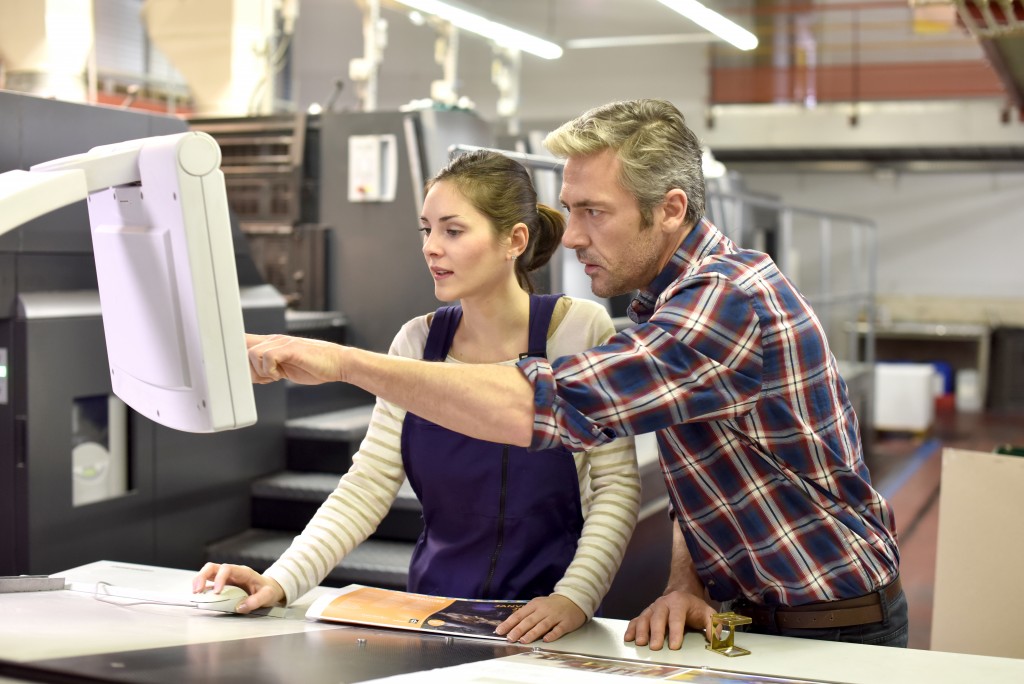The healthcare industry has started evolving from its traditional model of face-to-face encounters between patients and medical providers. Now, it’s begun integrating the use of technological advancements in delivering healthcare.
The goal is to improve the quality of patient care and significantly enhance the patient experience, increasing the overall satisfaction of healthcare consumers.
Here are some of the disruptive technologies that can revolutionize the health system and healthcare supply chains:
3D Printing
Medical 3D printing technology has plenty of applications, from the mass production of equipment and prosthetics to reducing surgery times. The most obvious business benefit is that 3D printing can quickly reproduce essential surgical instruments and tools, which helps hospitals cut costs.
In terms of patient care, this technology also presents many opportunities for improvement. Hearing aids, dental implants, orthopedic replacements are manufactured faster, so the patient can receive the instrument they need more quickly.
Bioprinting is also made possible thanks to medical 3D printing. Organs and human tissue can be produced via printing, making reconstructive surgeries and surgical grafts easier.
Automation
Automation in healthcare is geared toward improving the patient experience. Waiting time is the bane of many patients. The longer they have to wait, the more dissatisfied they are with the provider’s service. Some patients admit to leaving the hospital after waiting too long, according to a 2018 study.
You reduce patient waiting time significantly when you automate specific administrative tasks. Patient portals and management software alert you when someone’s about to be transferred to a room, when a bed becomes vacant, or when a prescription needs renewal.
These digital platforms also allow patients to check-in, pay their bills, and schedule appointments online. This reduces the patient’s need to go to the hospital, which also cuts their waiting time.
Telehealth
Telehealth is especially beneficial for patients with mobility issues, like older adults and people with disabilities. This technology extends the reach of your healthcare delivery, bringing the service they need to them instead of waiting for them to come to you.
Patients can receive the clinical service they need from the comfort of their homes through video chat tools. They can consult their physicians, get updates on their condition, renew their prescriptions over the Internet. Plus, telehealth gives the patients and doctors more flexibility with scheduling appointments since they won’t have to meet in person.
Cloud Computing
The most significant benefit of cloud computing is its predictive analytics function. Hospitals can migrate and manage patient data from the cloud. The system then automatically draws analyses from the data, resulting in actionable insights.
For example, hospitals can spot trends in diseases in a particular area, helping them avoid health crises. It’s also easier to see immunization rates, the number of insured and uninsured people in a city, and demographics – information that can be used to improve public health significantly.
Cloud computing also enables better collaboration between medical professionals and hospitals. Patient transfers become easier because clinics and hospitals can exchange necessary information more quickly.
These technologies help the healthcare industry extend their patient care beyond the basic clinical needs of patients. These allow medical firms to improve different aspects of their delivery and shift to a patient-oriented care model, raising the quality of healthcare.

